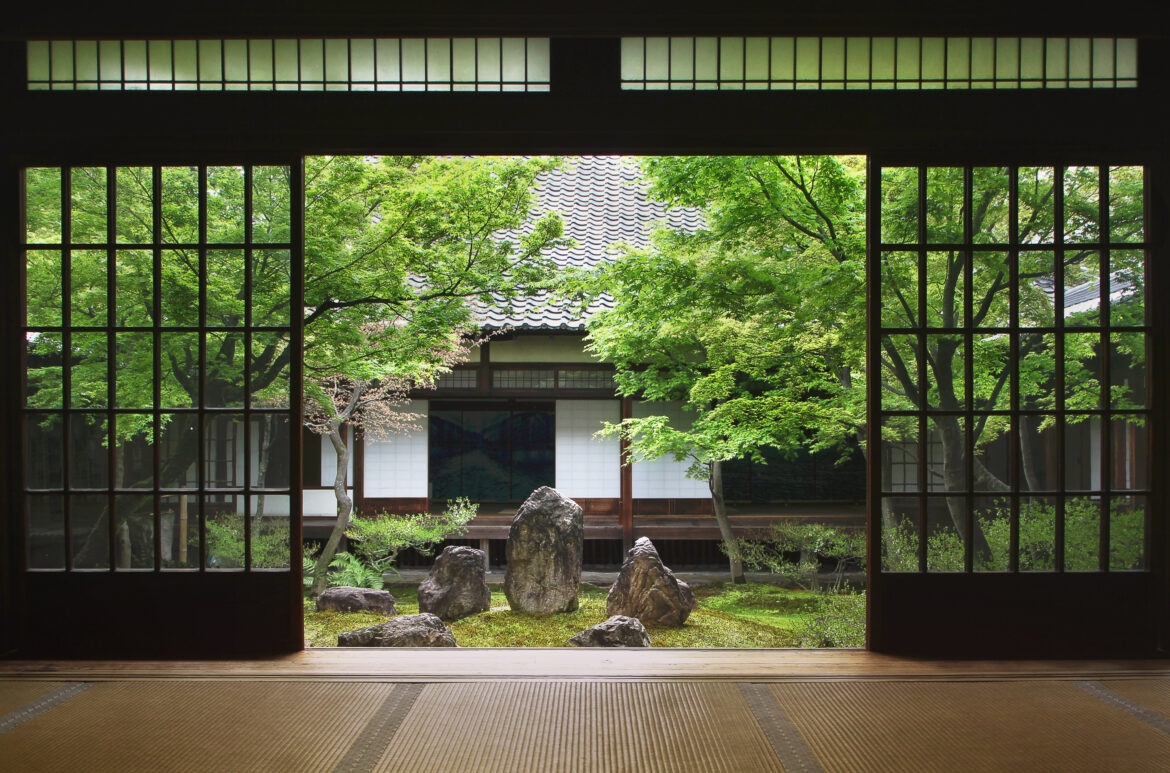Japan is a wildly popular tourist destination, made all the more compelling in recent years by the weakness of the yen, but be warned: the cost of travelling there might be getting higher very soon. According to The Nikkei, prices for entering and exiting the country may rise significantly as the government seeks to address overtourism concerns by raising the departure tax and the prices for single- and multiple-entry visas.
But don’t panic – we’ve gathered all the information you need to know about the changes.
What is the departure tax?
The departure tax, or international tourist tax, is the tax you pay when you leave Japan. It’s included in the price of your plane ticket, so an increase in prices will mean more expensive plane tickets.
How much are prices rising?
It’s unclear right now. The tax is currently ¥1,000, but if raised to international standards (the US charges $22.20, or ¥3,300), this could triple. Single- and multiple-entry visas cost ¥3,000 and ¥6,000, respectively, and if brought in line with other countries, they could cost much, much more. For example, the UK charges £127, around ¥25,700. Canada charges $100 CAD, around ¥10,700.
I hold a visa-free passport. Do I still have to pay a higher visa fee?
Nope! Lucky you. If you have a passport from one of the 74 countries that don’t require a short-term visa to enter Japan (like Singapore, Indonesia, Malaysia, and Thailand, for example), you won’t be affected by the visa price hike.
You will still have to pay the higher departure tax, though, and when the Japan Electronic System for Travel Authorisation (JESTA) is introduced in 2028, travellers from visa-exempt nations will have to register online with passport and trip details before entering the country, while paying a small processing fee.
When will these changes take place?
We don’t know exactly when yet, but if followed through with, the changes will take place in 2026.
Why now?
One reason is that Japan hasn’t raised its fees in decades, so it currently has among the lowest visa and entry fees of any developed country. Officials argue the increases are long overdue.
The country is also facing concerns about overtourism, and the government hopes to address them with higher fees. It’s also a matter of politics: inflation is putting pressure on locals, and the government is hesitant to raise taxes on residents, leaving travellers as a prime source of additional revenue.
What other measures has Japan taken to address over-tourism?
Since July 2025, many attractions in Japan have begun charging foreign visitors higher entry fees than locals. Popular sites, like Mount Fuji, now have strict daily visitor caps and fees to reduce environmental damage. And accommodation taxes in certain prefectures and cities have been introduced or raised.
Stay tuned to our page for updates.
Did you hear? Malaysia is launching the country’s first Muslim-friendly cruise in November
Plus: These are the best places to visit in Asia in 2026, according to Lonely Planet
Stay in the loop: sign up for our free Time Out Asia newsletter for the best travel inspiration straight to your inbox.


AloJapan.com